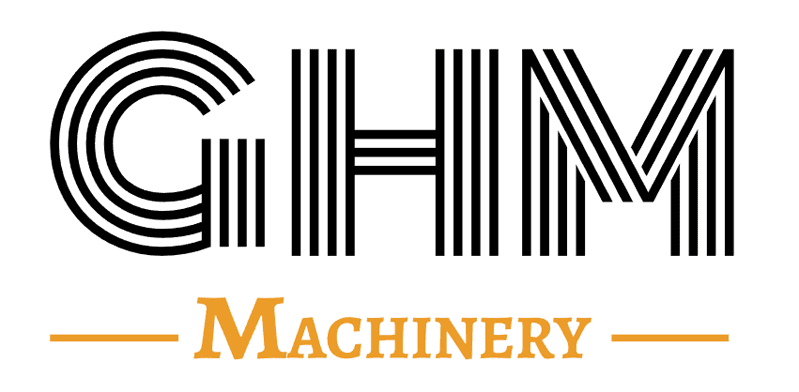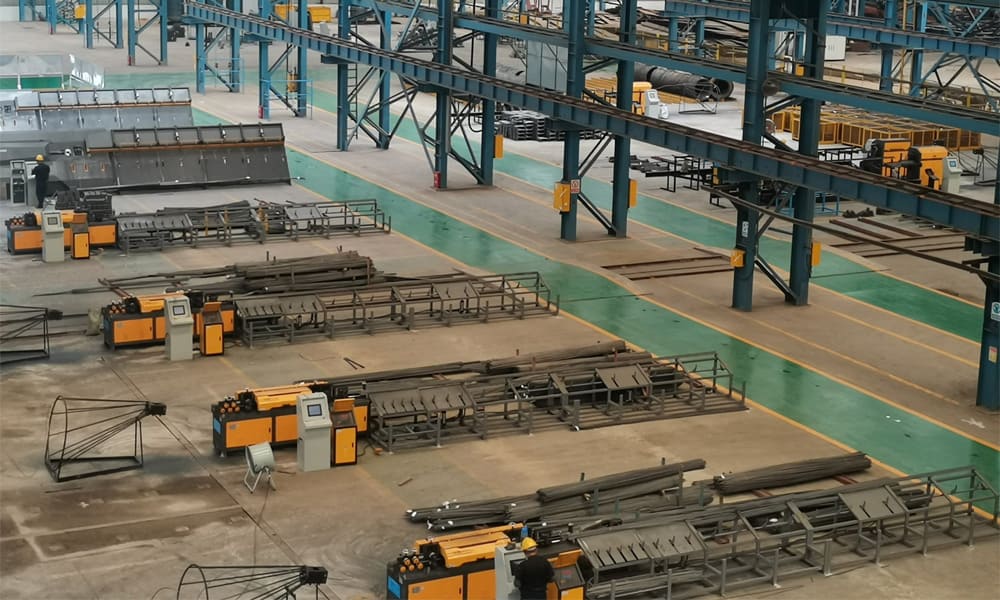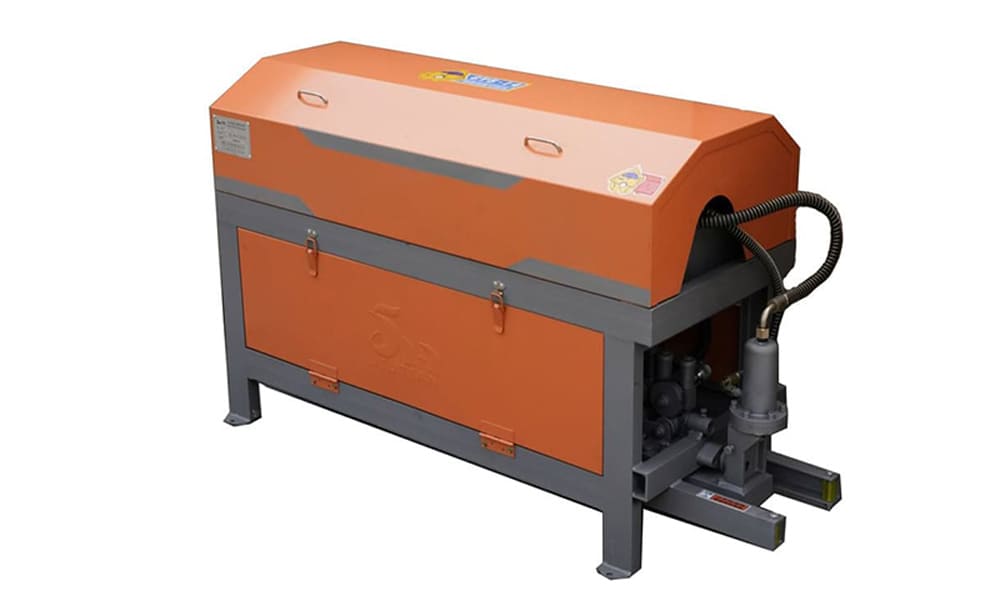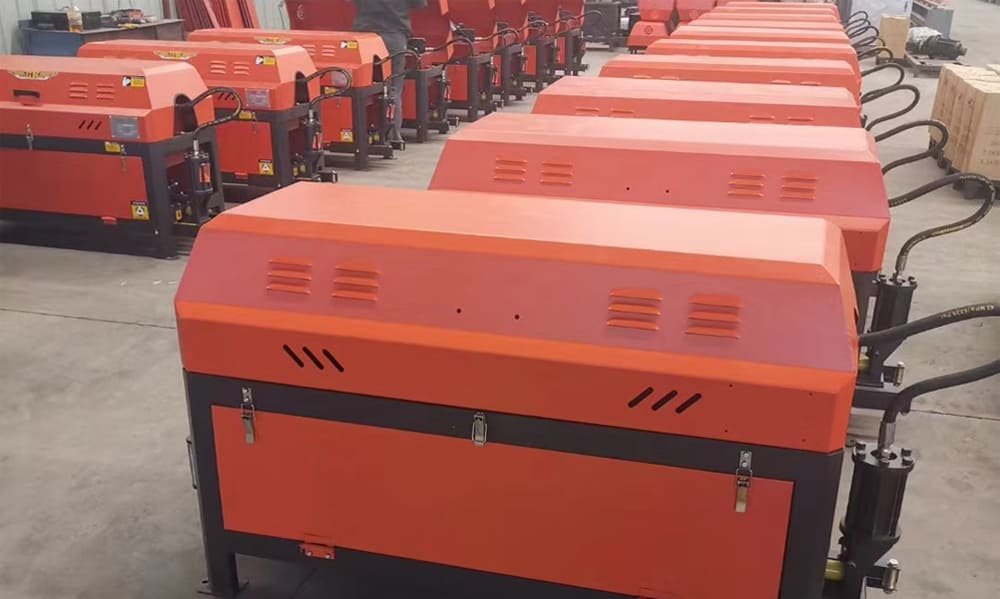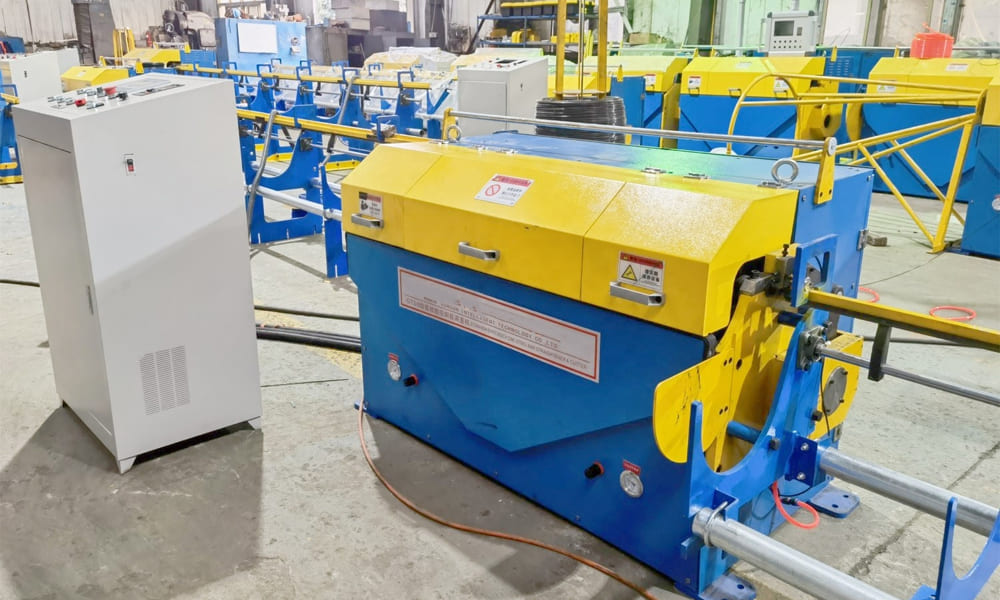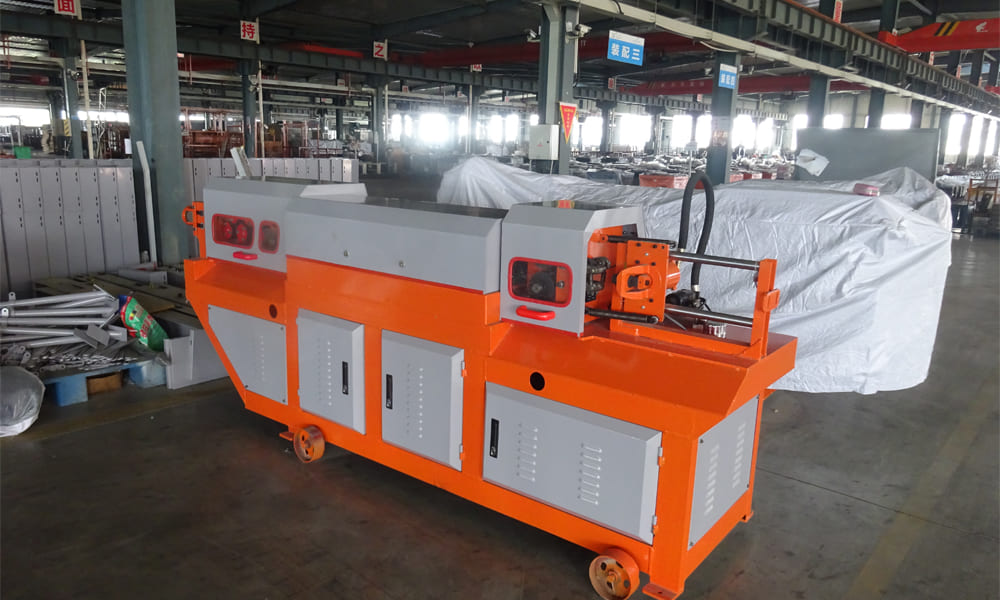Ensuring the safety and efficiency of the GHM Machinery Steel Bar Straightening Machine requires strict adherence to the following safety specifications:
1. Steel Bar Straightening Machine Operator Safety Attire
- Mandatory Gear: Operators must wear safety helmets, gloves, and rubber-soled shoes.
- Safety Briefings: All operators must undergo safety briefings and be familiar with operating procedures to ensure compliance with safety requirements.
2. Steel Bar Straightening Machine Installation and Maintenance
- Secure Installation: Ensure installation support, component connection bolts, and anchors are firm.
- Lubrication: Rotating parts must be lubricated with grease.
- Electrical Safety: Verify that the distribution box, wires, and cables are intact and undamaged. Ensure zero protection is effective, the electric shock protector is sensitive, and the clamps at both ends are undamaged.
3. Safety Zones
- Prohibited Areas: Prohibit straightened steel bars from passing within a 2m area on both sides for lengths between 10 to 20m.
- Protective Measures: Set up protective baffles and hang safety warning signs to block these zones.
4. Transmission Mechanism
- Smooth Operation: The transmission mechanism should operate smoothly without abnormal noise.
- Inspection: Ensure transmission gears and spline shafts are free from broken teeth, gnawing teeth, cracks, or surface shedding.
5. Transmission Belts
- Condition Check: Ensure that all transmission belts are complete, undamaged, and appropriately tight.
6. Straightening Cylinder and Shaft
- Integrity Check: The straightening cylinder and shaft should not be bent, cracked, or worn.
- Clutch and Gear Functionality: The clutch should be sensitive and reliable, and the speed regulating sliding gear should slide flexibly.
7. Automatic Blanking Mechanism
- Functionality: The opening and closing of the automatic blanking mechanism should be flexible.
- Timeliness: Blanking must be timely and accurate, and connections of blanking rack components should be firm.
8. Traction Wheel and Adjustment Mechanism
- Effective Operation: Ensure the traction wheel functions effectively and the adjustment mechanism is sensitive.
- Slider Movement: The slider’s movement should not be blocked, and all components (adjustment nut, return spring, sprocket mechanism) should be reliable.
9. Machine Connections
- Firm Connections: Ensure secure connections between the machine base, motor, bearing seat, and straightening cylinder.
- Installation Check: All shafts and pin components should be fully installed and functional.
10. Protective Covers
- Safety Protocols: Do not feed the machine before fixing the straightening block and covering the protective cover. Never open protective covers to adjust gaps during operation.
11. Post-Straightening Procedures
- Safety Measures: Loosen and tighten first after straightening to prevent rebound and injury during cutting. Always operate in a closed protective shed.
12. Manual Handling
- Caution Advised: Avoid touching or pressing high and low voltage power lines when lifting and moving straightened steel bars.
13. Bearing Temperature Monitoring
- Regular Checks: Regularly monitor bearing temperature. If it exceeds 60℃, stop the machine immediately and investigate the cause.
14. Restricted Areas
- Personnel Safety: Keep unrelated personnel away from the machine during operation.
- Awareness: Be cautious when the steel bars on the tray are almost finished to prevent the ends from hitting people.
15. Abnormal Conditions
- Immediate Action: If any abnormal situation or sound is detected in the transmission part, stop the machine immediately, cut off the power supply, and report to professional personnel for maintenance. Unauthorized maintenance is prohibited.
16. Post-Operation Procedures
- Power Supply: After completing operations or in case of a power outage, cut off the power supply, sort out processing materials, and lock the switch box.
